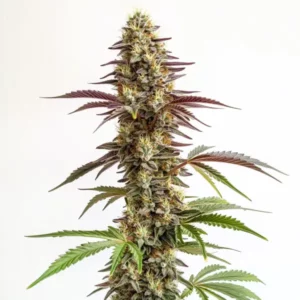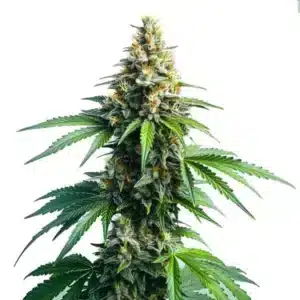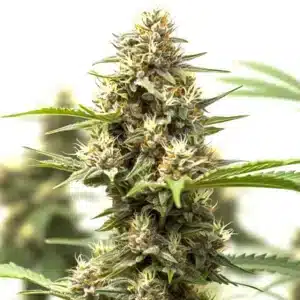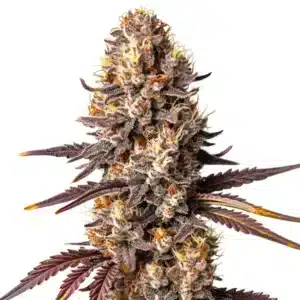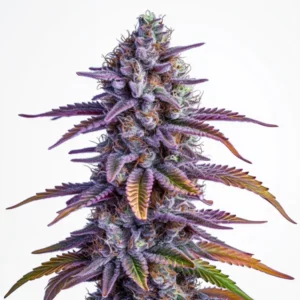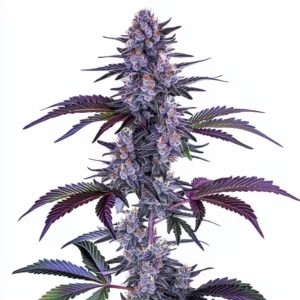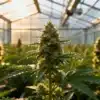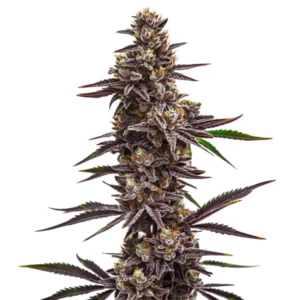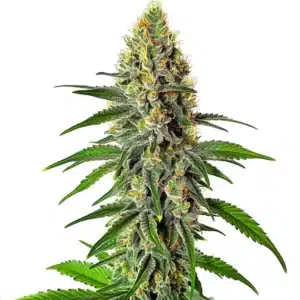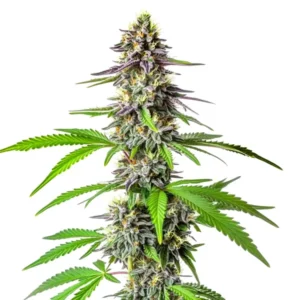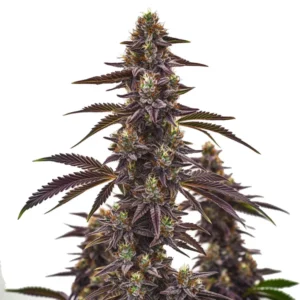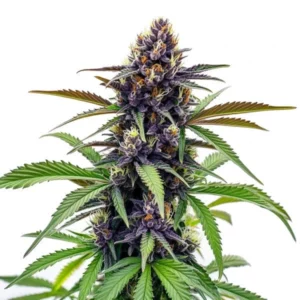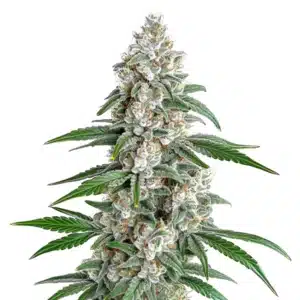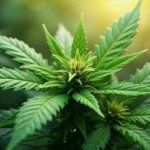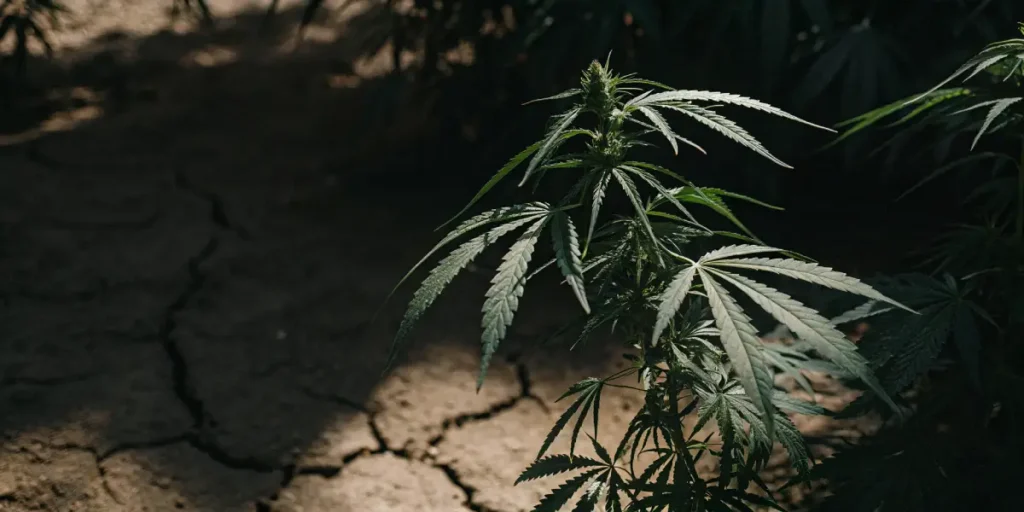
How Cannabis Responds to Water Stress
Cannabis plants are resilient but like any living organism, they have their limits. Water stress can be a major hurdle for growers. When water is scarce, cannabis plants have unique ways to adapt. Knowing how cannabis responds to water stress can help both novice and experienced cultivators manage their crops more effectively.
Water stress occurs when there’s not enough water for the plant to maintain its metabolic functions. Cannabis plants, like many others, have developed various water stress tolerance mechanisms to survive dry spells. These methods are crucial for their survival but can impact growth and yield.
Recommended Strains
Blue Cookies
|
|
THC | 18% - 21% (Medium) |
|
|
Type | Feminized |
|
|
Yield | Medium |
|
|
Phenotype | 90% Indica / 10% Sativa |
Afghan Kush
|
|
THC | 16% - 21% (Medium) |
|
|
Type | Feminized |
|
|
Yield | Medium |
|
|
Phenotype | 90% Indica / 10% Sativa |
For instance, the popular strain Chemdawg from Blimburn Seeds exhibits some resilience to water stress, making it a good option for growers in drier climates. Knowing how to manage water stress can lead to healthier plants and bigger harvests.
Cannabis Water Stress Tolerance Mechanisms
Cannabis plants have evolved several strategies to deal with water scarcity. These include physiological and morphological adaptations that minimize water loss and optimize water usage. One key aspect is the adjustment of leaf stomata, the tiny openings on the underside of leaves. These openings close to reduce water loss during drought conditions.
Another mechanism involves the alteration of root systems. When water is limited, cannabis plants can develop deeper roots to access moisture from deeper soil layers. This adaptation is crucial in environments where surface water is quickly depleted. The strain Cherry Pie is known for its ability to thrive in such conditions due to its robust root system.
Additionally, cannabis can modify its leaf structure to enhance its water retention capabilities. The leaves may become thicker or develop a waxy surface, reducing the rate of transpiration. These adaptations are part of the cannabis water stress tolerance mechanisms that ensure survival in arid conditions.
Knowing these mechanisms is vital for cultivators aiming to improve their crops’ resilience. By recognizing how cannabis responds to water stress, growers can tailor their cultivation practices to support these natural adaptations, ultimately enhancing plant health and productivity.
Effects of Drought on Cannabis Growth
When cannabis experiences drought, growth and development can be severely impacted. Leaves may yellow and wilt, and overall plant vigor can decrease. However, the effects of drought on cannabis growth are not just physical. The plant’s metabolism also slows down to conserve water, affecting nutrient uptake and photosynthesis.
Interestingly, some growers use controlled water stress as a technique to enhance cannabinoid production. By slightly stressing the plant, it may produce more trichomes, resulting in a more potent product. This process requires a delicate balance to ensure plants are stressed just enough without causing harm.
The effects of drought on cannabis growth also extend to the plant’s reproductive cycle. Flowering can be delayed, and bud development may be stunted if water stress is prolonged. This can lead to lower yields and reduced quality of the final product.
Furthermore, prolonged drought conditions can weaken the plant’s immune system, making it more susceptible to pests and diseases. For growers, this underscores the importance of implementing effective cannabis water stress management techniques to mitigate these risks and ensure robust plant growth.
Promos & Deals
Cannabis Water Stress Management Techniques
Managing water stress in cannabis cultivation is critical. Techniques include proper irrigation scheduling and soil moisture monitoring. Drip irrigation systems are particularly effective as they deliver water directly to the root zone, minimizing wastage and ensuring consistent moisture levels.
Another strategy is mulching, which helps retain soil moisture and keep roots cool. By covering the soil surface with organic material, evaporation is reduced, and water is conserved. These cannabis water stress management techniques are vital for maintaining plant health during dry periods.
Growers can also implement shade structures to protect plants from excessive sunlight, which can exacerbate water stress. These structures help to maintain a cooler environment, reducing the rate of water loss through transpiration.
In addition, choosing the right soil type can play a significant role in water retention. Soils with high organic matter content can hold water more effectively, providing a buffer during periods of low rainfall. By knowing how cannabis responds to water stress, growers can make informed decisions about soil management to optimize plant health.
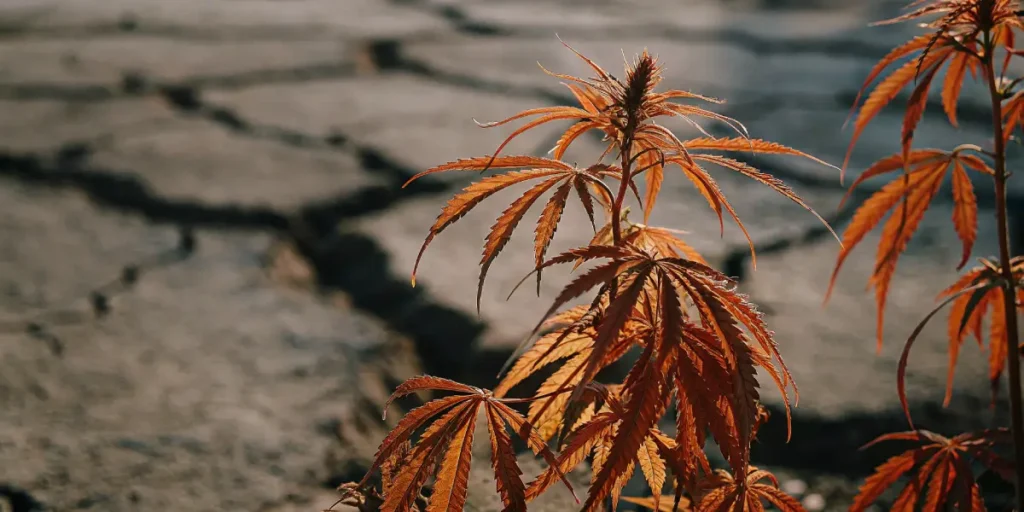
Optimizing Cannabis Irrigation Under Water Stress
Optimizing irrigation involves more than just watering plants. It’s about delivering the right amount of water at the right time. Overwatering can be just as detrimental as underwatering, leading to root rot and other issues. Tools like moisture sensors can help determine when and how much to water.
Incorporating these tools into your routine can significantly improve your crop’s resilience to water stress. For instance, using a soil moisture meter allows growers to make informed decisions about irrigation, ensuring plants receive adequate water without excess.
Another approach to optimizing cannabis irrigation under water stress is the use of automated irrigation systems. These systems can be programmed to deliver precise amounts of water based on real-time data, ensuring that plants receive consistent care even in the grower’s absence.
Moreover, adjusting the timing of irrigation to cooler parts of the day, such as early morning or late afternoon, can reduce evaporation losses. This strategy helps maintain soil moisture levels and supports the plant’s natural rhythms, contributing to healthier growth and development.
Cannabis Physiological Response to Dehydration
When cannabis plants face dehydration, they undergo several physiological changes. These include wilting, leaf curling, and reduced leaf size, all attempts to decrease water loss. The plant’s internal chemistry shifts as well, altering processes like photosynthesis to conserve water.
These changes are not just survival tactics; they also affect the plant’s overall health and productivity. For growers, recognizing these signs early can prevent irreversible damage. Monitoring plant health regularly and adjusting care as needed is crucial.
Dehydration can also lead to a decrease in chlorophyll production, which directly impacts the plant’s ability to perform photosynthesis effectively. This reduction can result in lower energy levels for growth and development.
Furthermore, the cannabis physiological response to dehydration includes changes in hormone levels, which can trigger stress responses and impact flowering and fruiting. Knowing these responses enables growers to implement timely interventions to mitigate stress and promote recovery.
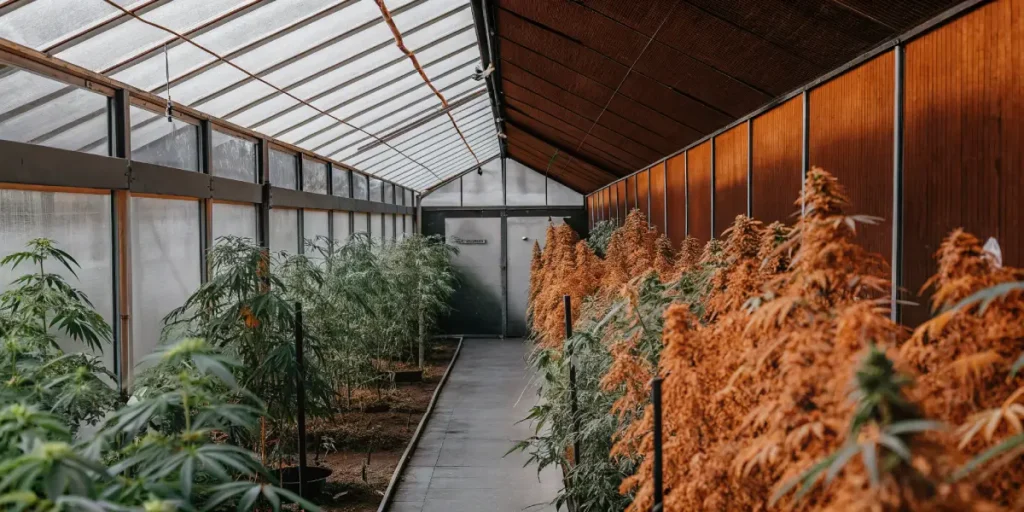
FAQs
What are the first signs of water stress in cannabis plants?
The initial signs of water stress in cannabis are often subtle. Leaves may begin to droop, and their color might fade. As the stress continues, leaves can become brittle and dry. Recognizing these early symptoms allows growers to adjust their watering schedule promptly.
More severe signs include wilting and leaf yellowing, indicating that the plant is struggling to retain moisture. Addressing these issues quickly can prevent long-term damage, ensuring plants remain healthy and productive.
Besides to visual cues, growers may notice a slowdown in the plant’s growth rate. This can be a crucial indicator that the plant is not receiving adequate water and is prioritizing survival over growth.
By knowing how cannabis responds to water stress, growers can develop a keen eye for these early warning signs, enabling them to take proactive measures to alleviate stress and promote plant health.
How can I improve my cannabis plants’ tolerance to water stress?
Improving cannabis plants’ tolerance to water stress involves selecting resilient strains and employing effective cultivation techniques. Strains like Chemdawg and Cherry Pie from Blimburn Seeds are known for their durability under stress.
Additionally, proper irrigation management, including the use of drip systems and moisture sensors, can enhance tolerance. Techniques such as mulching and optimizing growing conditions also contribute to increased resilience.
Incorporating organic soil amendments that improve water retention can also bolster a plant’s ability to withstand dry conditions. Materials like compost and coconut coir can enhance soil structure and moisture-holding capacity.
Furthermore, regular monitoring and adjustment of environmental factors such as temperature and humidity can help maintain optimal conditions for plant health, reducing the overall impact of water stress on cannabis growth.
Can water stress improve the potency of my cannabis plants?
Yes, controlled water stress can potentially enhance the potency of cannabis plants. By slightly stressing the plant, it may increase trichome production, leading to higher cannabinoid levels. However, this technique requires careful management to avoid harming the plants.
Growers experimenting with this method should monitor plants closely and adjust care as needed. Strains like Wedding Cake can withstand some stress and still deliver potent yields, making them ideal for this approach.
To effectively use water stress as a tool for increasing potency, it’s crucial to understand the cannabis water stress tolerance mechanisms and how they influence trichome development. This knowledge allows for precise application of stress without compromising plant health.
Additionally, combining controlled water stress with other stress-inducing techniques, such as light manipulation, can further enhance cannabinoid production, resulting in a more potent and desirable final product.
What is the best irrigation method for cannabis under water stress?
Drip irrigation is often considered the best method for managing cannabis under water stress. This system delivers water directly to the root zone, reducing wastage and ensuring consistent moisture levels.
By using drip irrigation, growers can maintain better control over water application, minimizing the risks associated with over or under watering. This precision is particularly beneficial in dry climates or during drought conditions.
In addition to drip irrigation, the use of hydrogel soil additives can further optimize water availability for plants. These materials absorb water and release it gradually, providing a steady supply of moisture to the root zone.
Implementing these advanced irrigation techniques, along with a thorough knowing of how cannabis responds to water stress, can significantly improve plant resilience and productivity, even in challenging environmental conditions.
How does drought affect the growth cycle of cannabis plants?
Drought can significantly disrupt the growth cycle of cannabis plants. With limited water, growth slows, and plants may not reach their full potential. Drought stress can also delay flowering, impacting yields.
To mitigate these effects, growers should implement effective water management techniques and select strains with high drought tolerance. By doing so, it’s possible to maintain healthy plants throughout the growth cycle, even in challenging conditions.
Additionally, drought can lead to premature aging of the plant, which may result in an earlier harvest with reduced yields. This highlights the importance of timely intervention and support to maintain the plant’s growth trajectory.
The effects of drought on cannabis growth also include potential alterations in the chemical composition of the plant, affecting both flavor and potency. Knowing and managing these impacts is crucial for achieving desired outcomes in cannabis cultivation.


